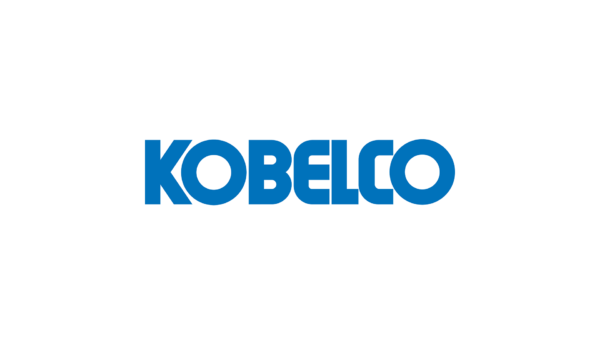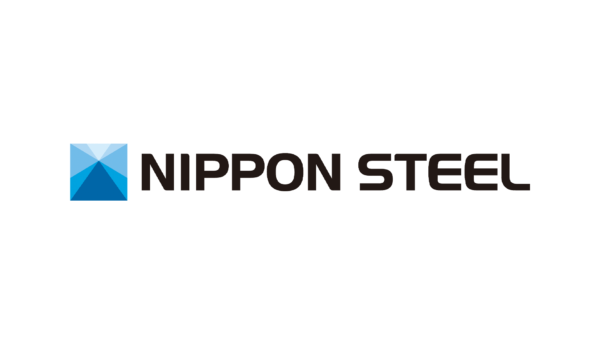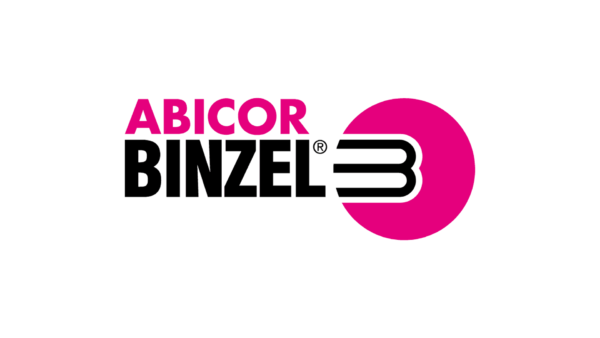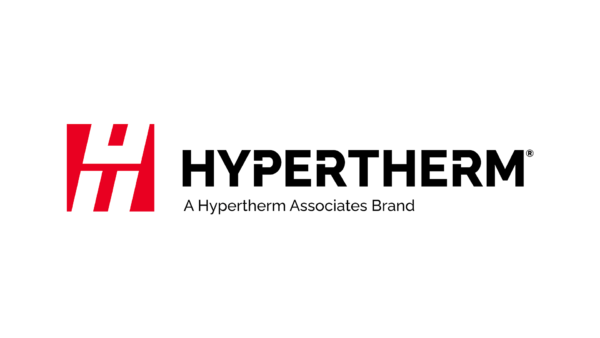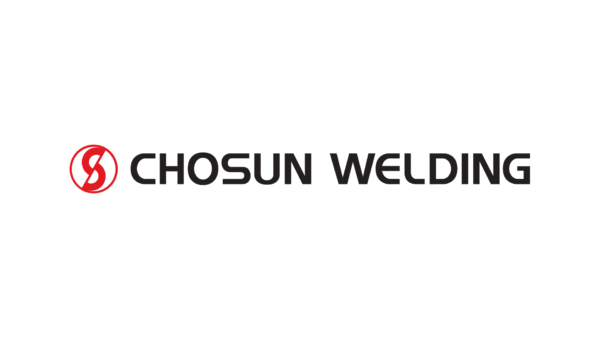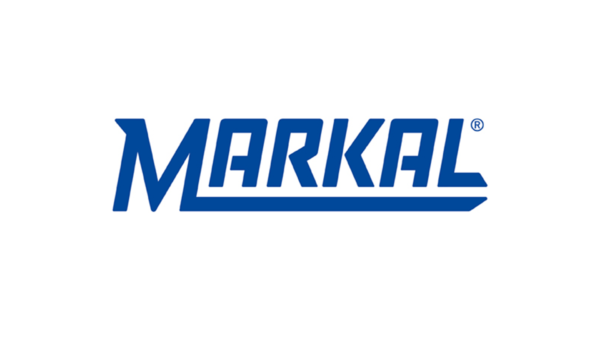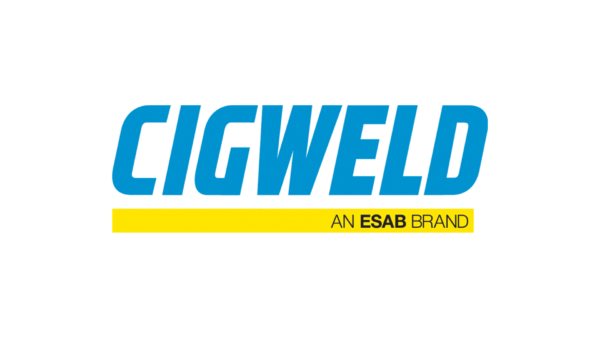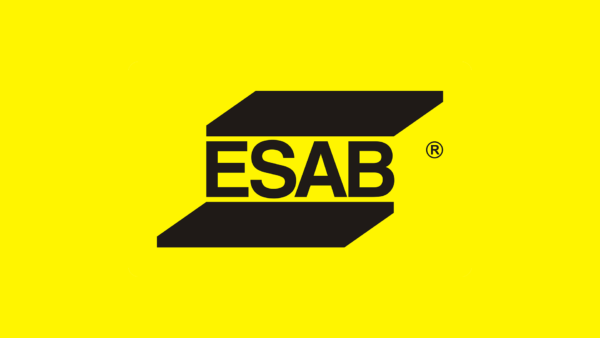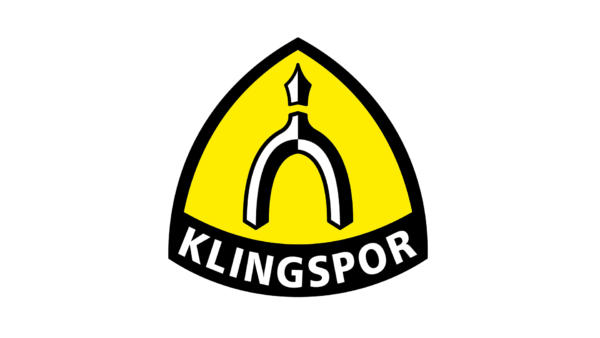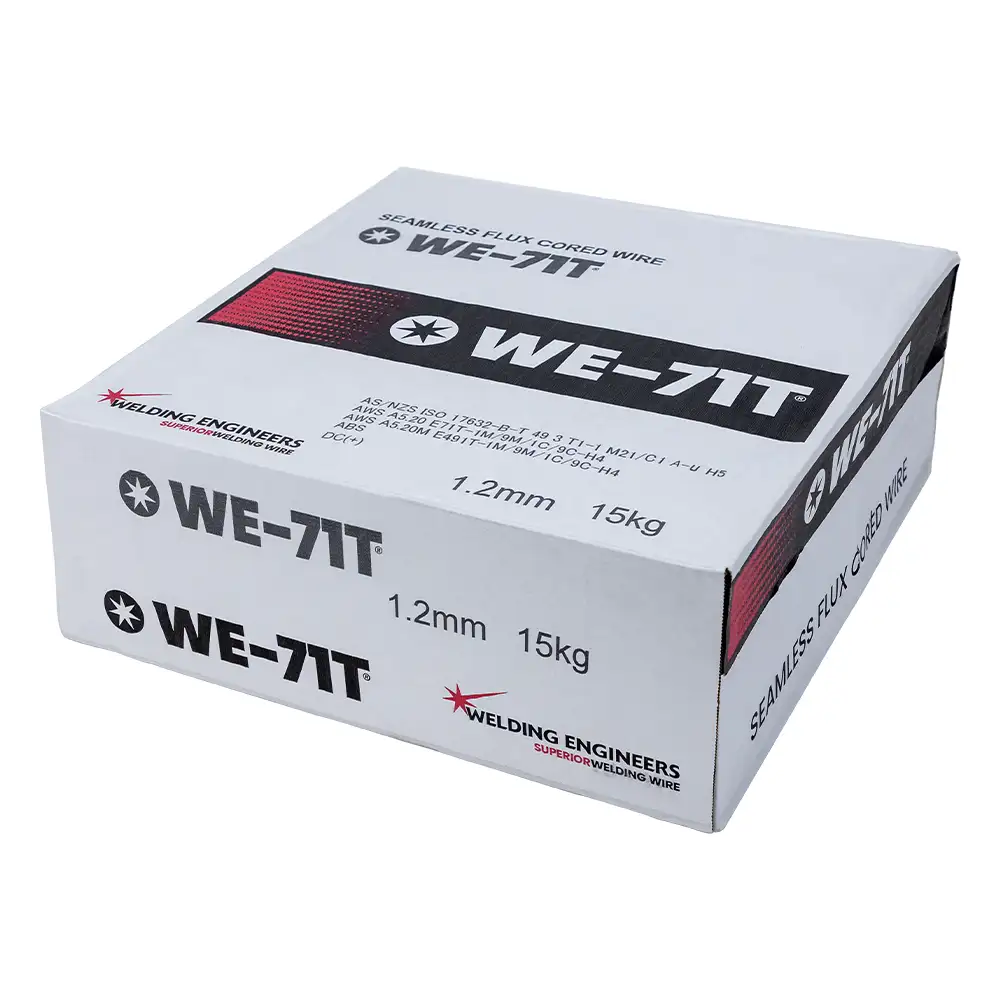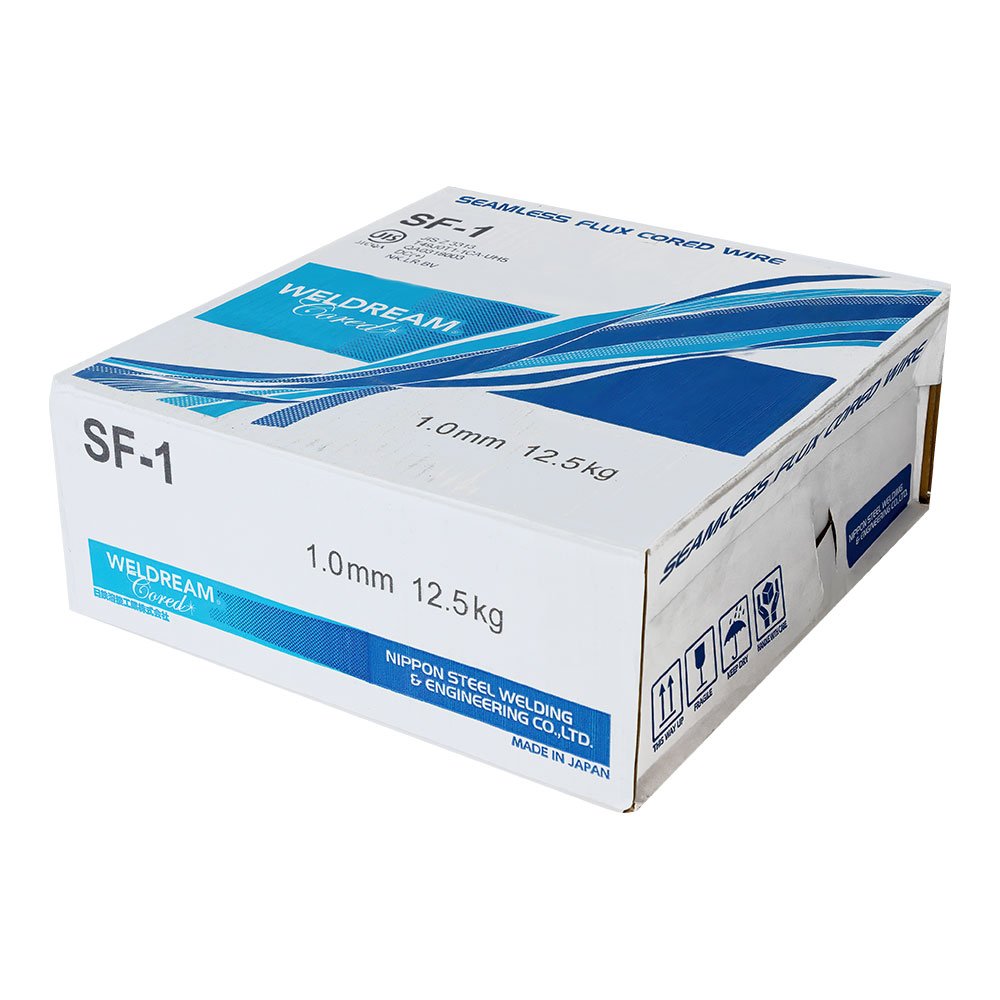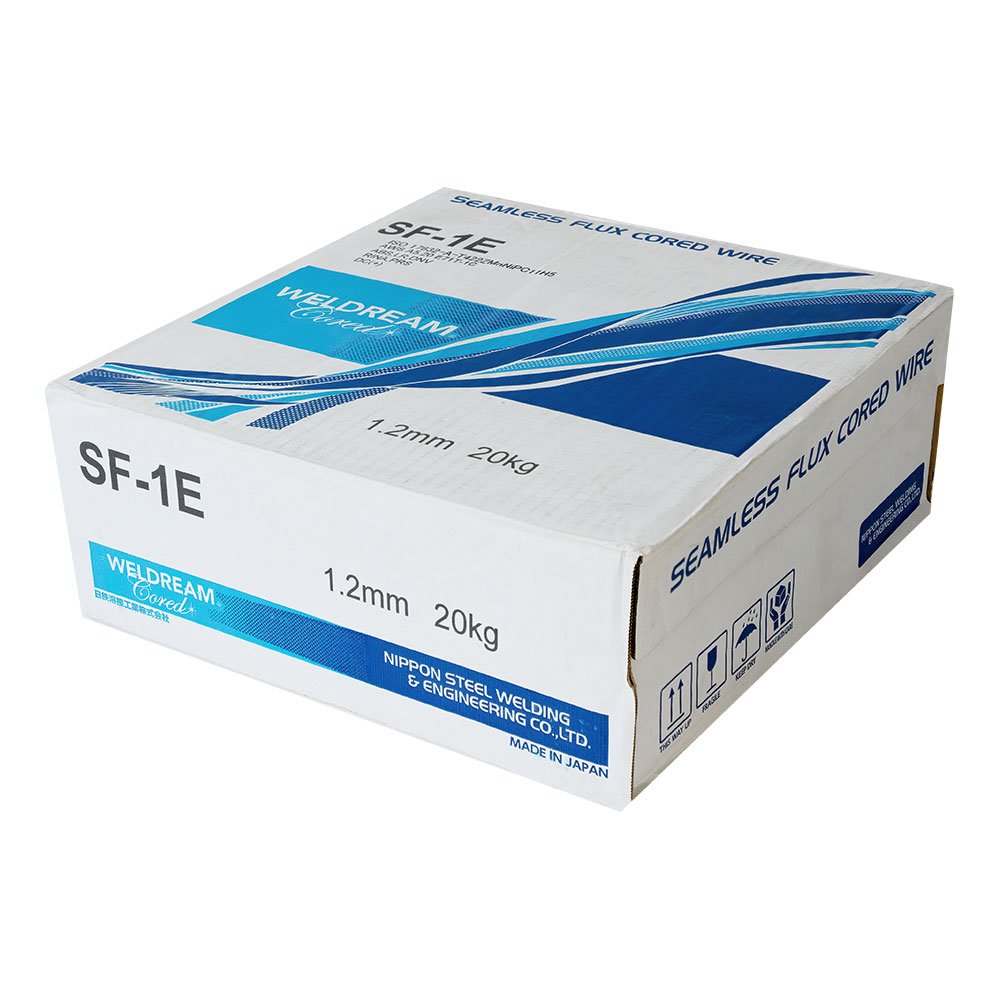Unlike electrodes, welding wires on spools cannot be reheated to drive off absorbed hydrogen. We’ve been asked recently for advice on storing flux cored wires. Here’s our advice…
General Advice for the Storage of Flux and Metal Cored Wires
Read Manufacturers Guidelines
Following the manufacturers’ guidelines on storage and handling of welding wire is important to keep them in a usable condition. Guidelines from welding wire manufacturers can vary. Ask your supplier for this information if necessary.
Storage of Welding Wire Spools
It is important to store welding consumables in a dry area and in their original packaging until use not only to minimise hydrogen pickup, but also to minimise potential damage and keep clean from other contaminants.
Pallets of wire should be stored off the floor and away from walls to allow air movement.
The storage area should be similar in temperature to the environment in which the welding will take place. Storing the wire in a cold area and moving it to a warm area can create condensation on the surface when the package is opened, increasing the risk of hydrogen being introduced into the weld. If a storage area of similar temperature is not available, keep a small number of spools (first in, first out) to be used next in the welding area to allow time for the wire to acclimatise before opening the package.
Wire Packaging
Welding wire spools should be in packaging that is heat- and/or vacuum-sealed to prevent exposure to moisture and hydrogen from the environment. Open just before use and return to the packaging and re-seal if the wire is not to be used again soon. Suitcase-type wire feeders offer more protection than open wire feeders.
Compromised Wire
Once discolouration or rust appears on the wire surface, especially wires with a folded seam, nothing can be done to return them to their original state as the hydrogen level inside the wire has already been compromised.
NSWE Seamless Flux & Metal Cored Wires Only
If any discolouration or rust is found on the outer layers on the spool, these layers can be unwound and all discoloured/rusted parts of the wire discarded before using the remaining clean wire. The excellent hygroscopic resistance of these wires due to the extremely low hydrogen levels, seamlessness and double copper coating, ensures the inner layers will not be affected except in extreme circumstances.




